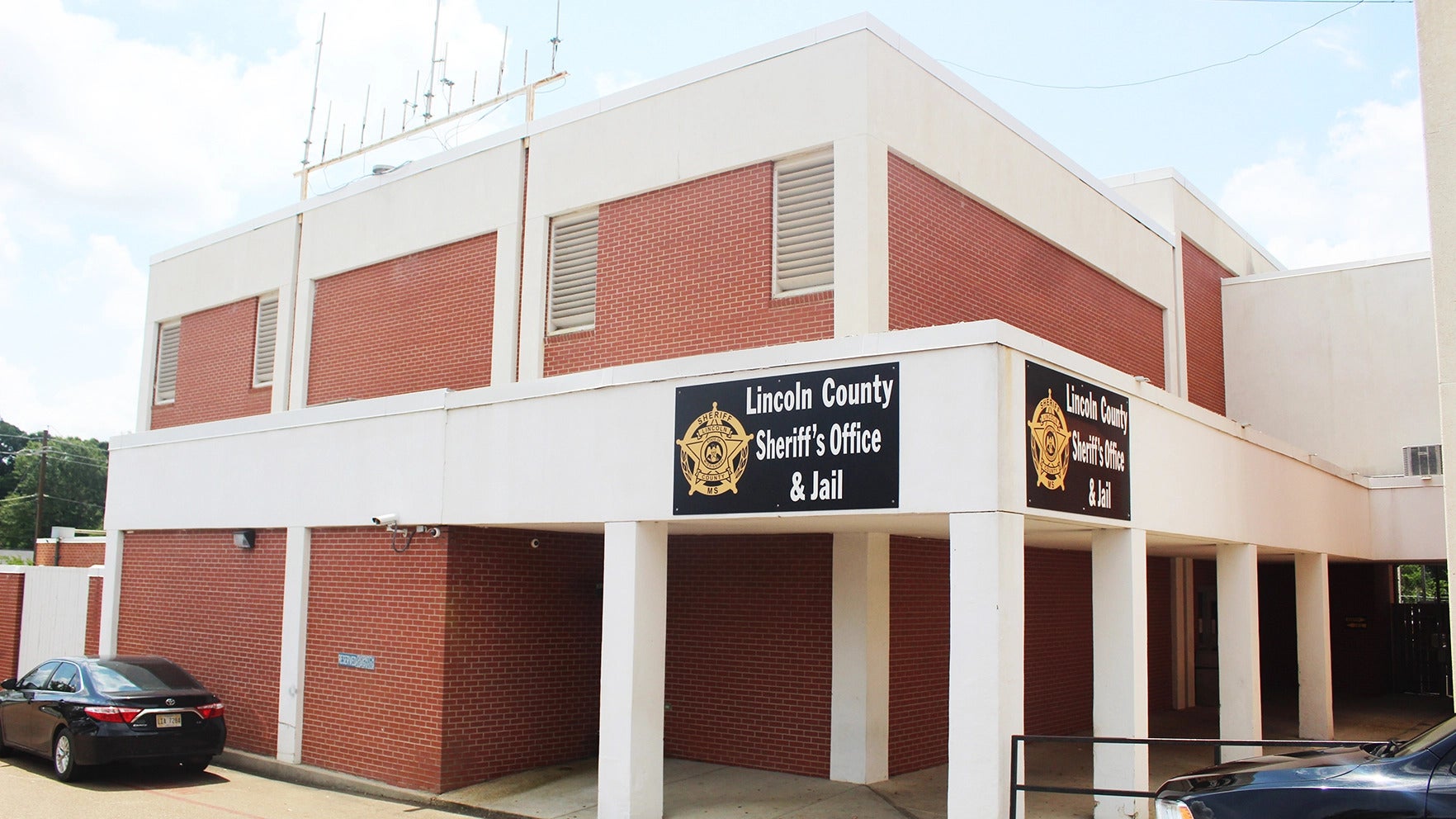Sensor work aims to avoid power outages
Published 5:00 am Monday, August 20, 2007
With weather at its hottest and the amount of energy used acrossthe area at its yearly peak, thermal imaging technology is allowinga local power company to insure against blackouts in the dog daysof summer.
“We take this infrared camera and we look for problem spots inthe lines before they become a problem,” said Eagle View IndustriesDirector Edward Adcock. “The camera images and measurestemperatures to show hot spots in the lines.”
The tests are run by pointing an infrared camera at wires, aswell as the connectors on the crossbars at the top of power poles.The pictures are transmitted to a monitor, which will show the hotpoints in the lines.
These “hot spots” are liable to create a power outage if notcorrected, Entergy Customer Account Manager Kenny Goza said.
“If there’s a hot spot, it needs immediate attention so as notto create an outage,” he said.
Adcock said that while the current heat could exacerbate the hotspots in the lines, it does not cause them. The tests are run atthis time of year, however, to insure they are done at the hottestpart of the year, which is also the time the lines have the highestenergy load.
“We chose this time of year because of the heat and the demandon the lines,” he said.
Goza said important areas of town are chosen every year so as tomake sure the safety tests are done almost everywhere in areasonable amount of time. Focus, though, is put on areas thataffect large numbers of people.
“We try on a yearly basis to do this in different areas of thecity,” said Goza, adding that a power outage during the summercauses not only great inconvenience, but great discomfort to manypeople. “This is something we do as a preventative measure. We tryto identify areas that need it and cycle the locations.”
This is the first year Entergy has conducted the tests on such alarge scale, Adcock said, adding that they contract his company torun the surveys.
“We’re conducting tests on 142 circuits all over the state, andthat’s unprecedented,” Adcock said. “It’s something of a pilotproject, but we’ve been getting good comments about the success ofthe project.”





